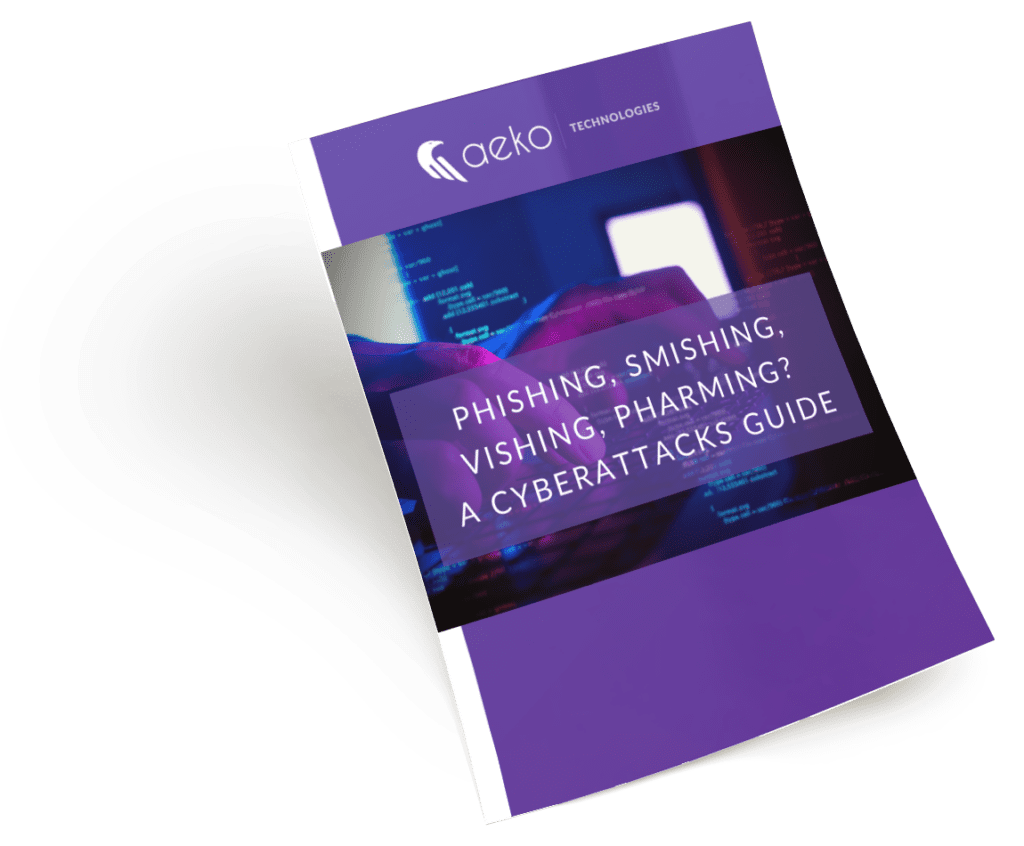You know how it is with technology terms: It’s like a never-ending cycle. Just when you think you’ve got a handle on one thing, something new comes along that you need to learn. It can be a real challenge to keep up with all the IT jargon and terminology out there. Have you ever heard of things like IoB, distributed cloud or open source?
Knowing what these terms mean is super important, especially when you’re talking to your managed service provider, other colleagues or potential vendors. Here are some of the more recent IT terms and their definitions to help you talk the talk like a CIO.
The Latest IT Jargon and Tech Terms
The internet of behaviors (IoB): If you’ve heard of the acronym IoT (internet of things) know that IoB is a bridge to it. The term focuses on people identification, data integration and behavioral mapping. Expect it to be a trending topic in 2023. You’ve probably had some experience with it with an app on your smartphone that tracks heart rates, sleep patterns, blood pressure, etc. It takes advantage of the ‘‘data dust’ from an IoB system or setup and then notifies the user about harmful health situations. Some applications even suggest behavior changes to improve your overall well-being.
Anywhere operations: This trend began with remote work and work from home and has been brewing for many years. Still, the recent pandemic made it feel more like a revolution than an evolution. Businesses had to adjust quickly to enable work from anywhere. Now that approach is far more than just a short-term Band-aid. Companies are changing their IT infrastructure, processes and procedures to set their companies up for success by enabling people to work from anywhere. Anywhere operations are as simple as that. By using video conferencing, virtual whiteboarding, Microsoft Teams and other tools for effective and secure workspaces, employees can work anywhere in the world.
Business resiliency: An unexpected interruption such as a cyber attack or natural disaster can ruin a business unless it has backup and redundancy plans to counter interruptions. Combine the backup plan with a redundancy plan and you have a strong foundation for business resilience.
Distributed cloud: Distributed cloud helps companies handle the challenges of complying with country- and industry-specific data privacy regulations by extracting detailed information from visual images. It can also be used to provide IT services to employees and end-users who are connected to the company virtually. This service enables you to use a single control plane to manage many different locations in a public cloud infrastructure.
Open source: This originally began as a software term referring to code being publicly available to access, modify and publish. Now, open source refers to almost any product, service or process that can be shared and improved.
Quantum computing: Unfortunately, this isn’t like traveling through your own life with nothing but a hologram pal to keep you sane. It’s about computers that use quantum bits (or qubits), which are much smaller units than the standard bits (binary digits). Theoretically, quantum computing will be able to solve more complex problems and handle enormous data sets — all within a fraction of the time of current computers. But how much data are we talking about? Consider the vast amounts of information NASA accumulates about the universe. The agency is currently testing quantum computing.
IT Terminology On Its Way Out
Digital transformation: Unfortunately, we can’t even tell you what this is because if you ask five different CIOs what “digital transformation” refers to, you’ll get five different answers. This is the main reason it is falling out of use, in favor of more specific (and well-defined) IT terminology.
Artificial intelligence (AI): AI as a term is making way for machine learning (ML), which means intelligent software that improves from training data. However, with the recent widespread adoption and success of Chat GPT, AI has become trendy again.
Agile: Here’s some context. There used to be a traditional development/project management approach (“waterfall”) and the newer approach (“agile”). Today, if you’re not agile, you’re going to be out of business. As a result, the term is going the way of “soft” tissue (Has anyone ever heard of hard tissue?).
DevOps: True DevOps involves a tight partnership between software development and operations, but the term is so often used in the wrong context that people are using it less and less.
Big data: “Big” is a subjective term. An average person may consider 60 gigabytes to be big but a CIO might be thinking 60 terabytes is a large number. Big data has been grossly overused and should be replaced with the exact numbers of data science and analytics with subterms like data lakes and data marts.
Disruptive technologies: This is simply an incorrect term. As one CIO remarked, “There is no such thing as disruptive technologies because the whole point of disruption is that you don’t see it coming.”
Looking Forward
IT terminology will continue to emerge and disappear as technology advances. If you are an Aeko client, you don’t have to worry. We’ll keep you informed of important advances the same way we manage your day-to-day IT and cybersecurity needs: without drowning you in IT jargon.Not a current client with us? No worries. Just contact us or book a meeting to talk about your IT needs and how we can help.
Are you aware of the most common cyberattack methods?
Did you know there are over 3.4 billion phishing emails sent every day? Phishing and other cybercriminal behavior are a lot more common than you’d think.
Our free “Phishing, Smishing, Vishing, Pharming? A Cyberattacks Guide” will inform you about cyberattack methods and give you the latest in data security tips.


